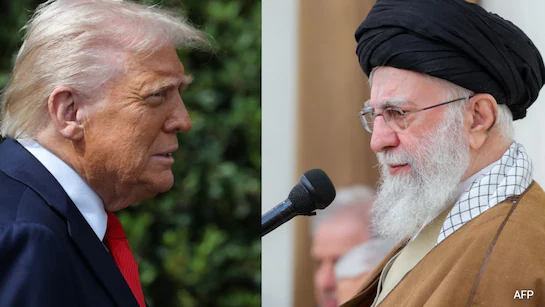Introduction
The International Atomic Energy Agency (IAEA) has sounded the alarm over a dramatic escalation in Iran’s uranium enrichment activity. In a newly released report, Iran is now confirmed to have amassed more than 400kg of uranium enriched to 60% purity—dangerously close to weapons-grade material. This marks a nearly 50% increase within just three months, raising serious questions about Tehran’s nuclear intentions uranium enrichment.
IAEA’s Latest Findings: A Growing Threat

According to the IAEA, Iran has enriched enough uranium for approximately 10 nuclear bombs, if further refined. IAEA Director General Rafael Grossi called the situation “of serious concern,” warning that such enrichment levels are “only found in countries pursuing nuclear weapons.”
The report also revealed that Iran has been enriching uranium at a pace equivalent to one bomb’s worth of material per month. This revelation comes amid stalled negotiations between Tehran and Washington regarding the revival of the 2015 nuclear deal.
Iran’s Response: Peaceful Claims, But Alarming Signs
Iran maintains its nuclear ambitions are peaceful. Iranian Foreign Minister Abbas Araghchi reiterated that Tehran considers nuclear weapons “unacceptable.” However, the IAEA remains unconvinced, citing Iran’s refusal to grant access to top inspectors and unanswered questions regarding undeclared nuclear sites.
- Three secret nuclear sites uncovered: Lavisan-Shian, Varamin, and Turquzabad.
- IAEA cannot verify peaceful intentions due to lack of transparency.
- Historical concerns: The IAEA found evidence of undeclared nuclear activities prior to the 2000s.
Global Reactions: Mounting Pressure and Security Risks
Following the IAEA’s findings, Israeli Prime Minister Benjamin Netanyahu accused Iran of being “totally determined” to build nuclear weapons. “This level of enrichment has no civilian justification,” his office said in a statement.
Western diplomats, particularly from the U.S., UK, France, and Germany, are now considering referring Iran to the UN Security Council for violating non-proliferation obligations.
Strategic Implications: Nuclear Threshold Status?
Iran may be inching toward becoming a nuclear threshold state—a nation that possesses the technical capability to build nuclear weapons on short notice but has not yet done so. This prospect has alarmed regional and global powers alike, especially as two advisors to Iran’s Supreme Leader hinted that Tehran could revisit its anti-nuclear stance if international pressure persists.

Conclusion
The IAEA’s latest report paints a sobering picture of Iran’s nuclear trajectory. With enriched uranium levels surging, global attention is once again focused on Tehran. Whether through diplomacy or sanctions, the international community now faces a critical test: preventing nuclear proliferation in one of the world’s most volatile regions.
Want to learn more? Check out our in-depth guide on Iran’s nuclear programme and the latest on U.S.-Iran nuclear talks.









